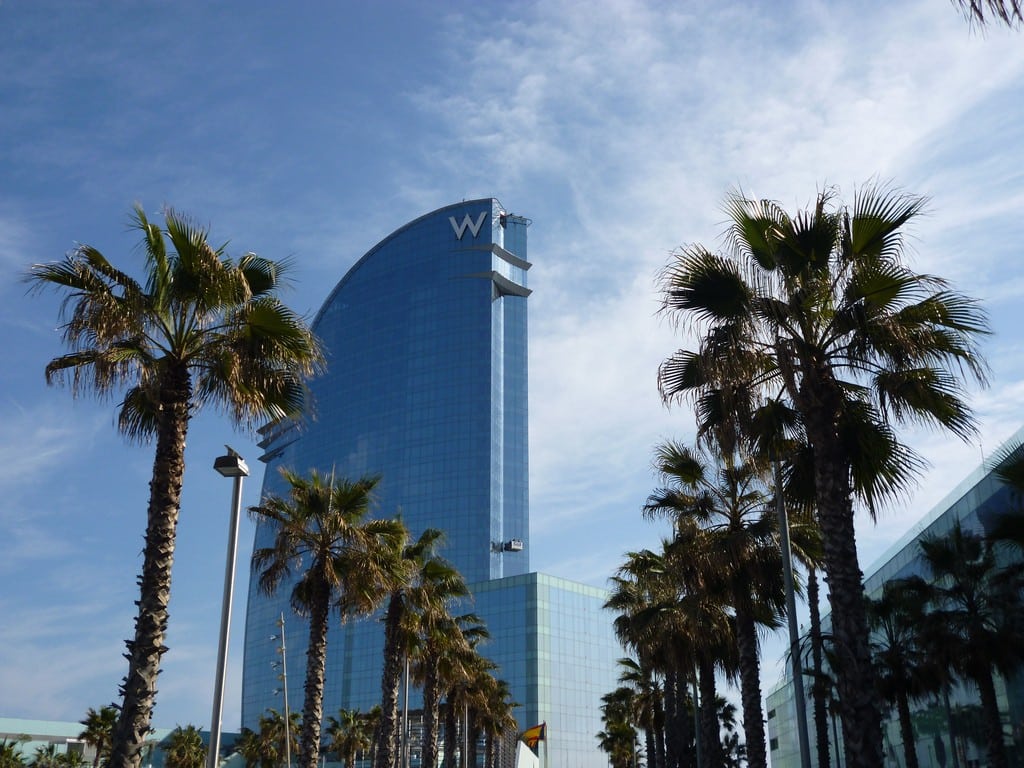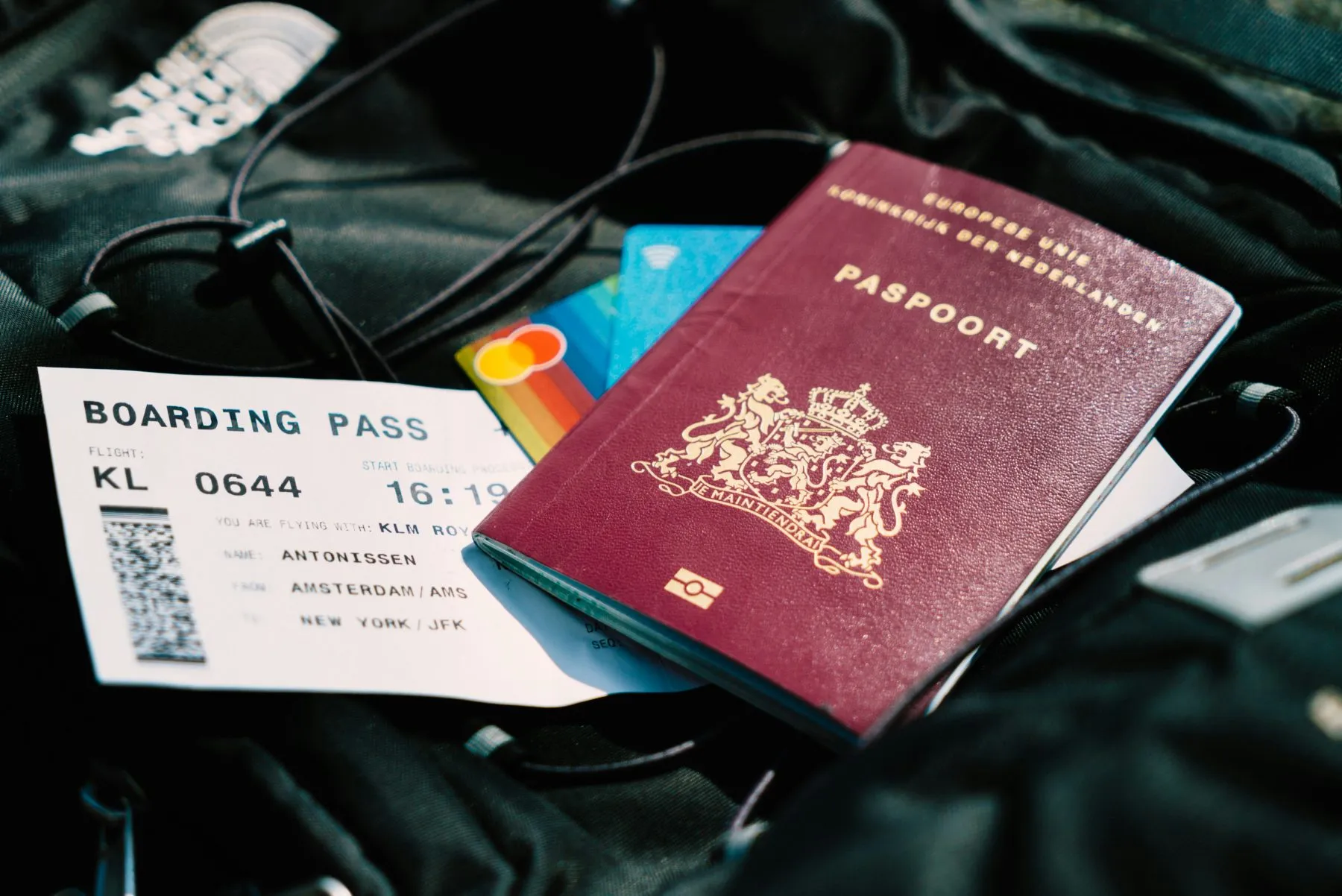Hotel Bedbank DidaTravel Sees Traveler Confidence in More Advance Bookings
A Shenzhen, China-based hotel bedbank that does a big chunk of its business outside the country is seeing travel agency and tour operator clients increasingly opt for both non-refundable rates and longer booking windows compared with 2021.
DidaTravel, which does about half its business outside Asia-Pacific, reported that 32 percent of its bookings were nonrefundable in the January to May, 2022 period compared with 26 percent for the same period in 2021.

Meanwhile, 14 percent of bookings from January to April, 2022 were made 8-30 days in advance compared with 10 percent a year earlier. Bookings made more than 30 days in advance also edged up from just 2 percent January to April 2021 to 7 percent during the same period this year.
Bookings 8 to 30 days in advance reached 20 percent in May 2022, the bedbank stated.
All of these marks were well below pre-pandemic levels. While the increases aren't huge they may be indicative of a trend, and show that travelers are showing more confidence these days that the pandemic or other global events won't deter their travels.
“All of this is a strong reflection of the desire to travel from consumers and their confidence that they can fulfill a journey, based on conversations with our B2B buying clients such as travel agents and tour operators," said Rikin Wu, DidaTravel's founder and CEO. “But to a smaller extent credit must go to hoteliers for putting together compelling deals and pricing to entice the traveller back again — they are keen to see non-refundable rates return to pre-COVID levels and are we are seeing them pushing hard for this in our conversations with them.”
Nium, a payments processor, said cancellation rates it is seeing from travelers booking through online travel agencies, airlines, and hotels, are falling — just 1.74 percent so far in 2022 compared to some months in 2021 when cancellation rates were more than 40 percent.





